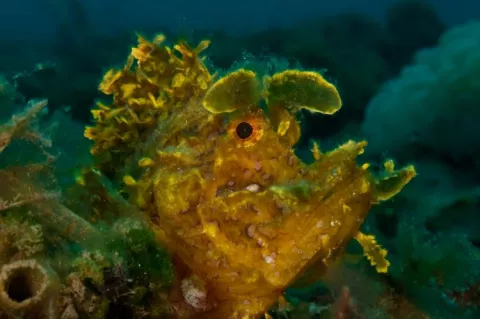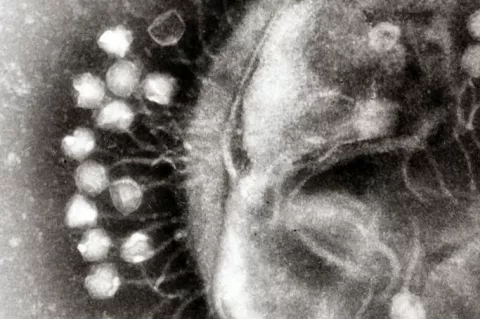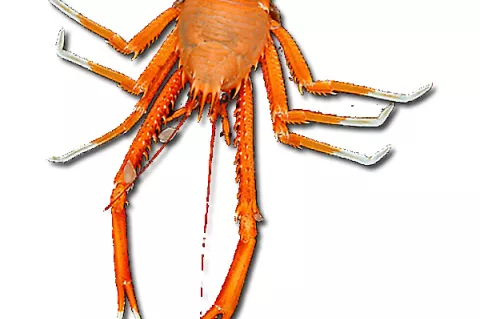How seals avoid the bends
Documentation of lung collapse and estimation of the depth at which collapse occurs has been difficult and only obtained in a few species.
Researchers led by Birgitte McDonald at the Scripps Institution of Oceanography netted a female adult California sea lion (Zalophus californianus), anaesthetised the animal and fitted it with loggers to record oxygen pressure in its main artery and the time and depths to which it dived.





